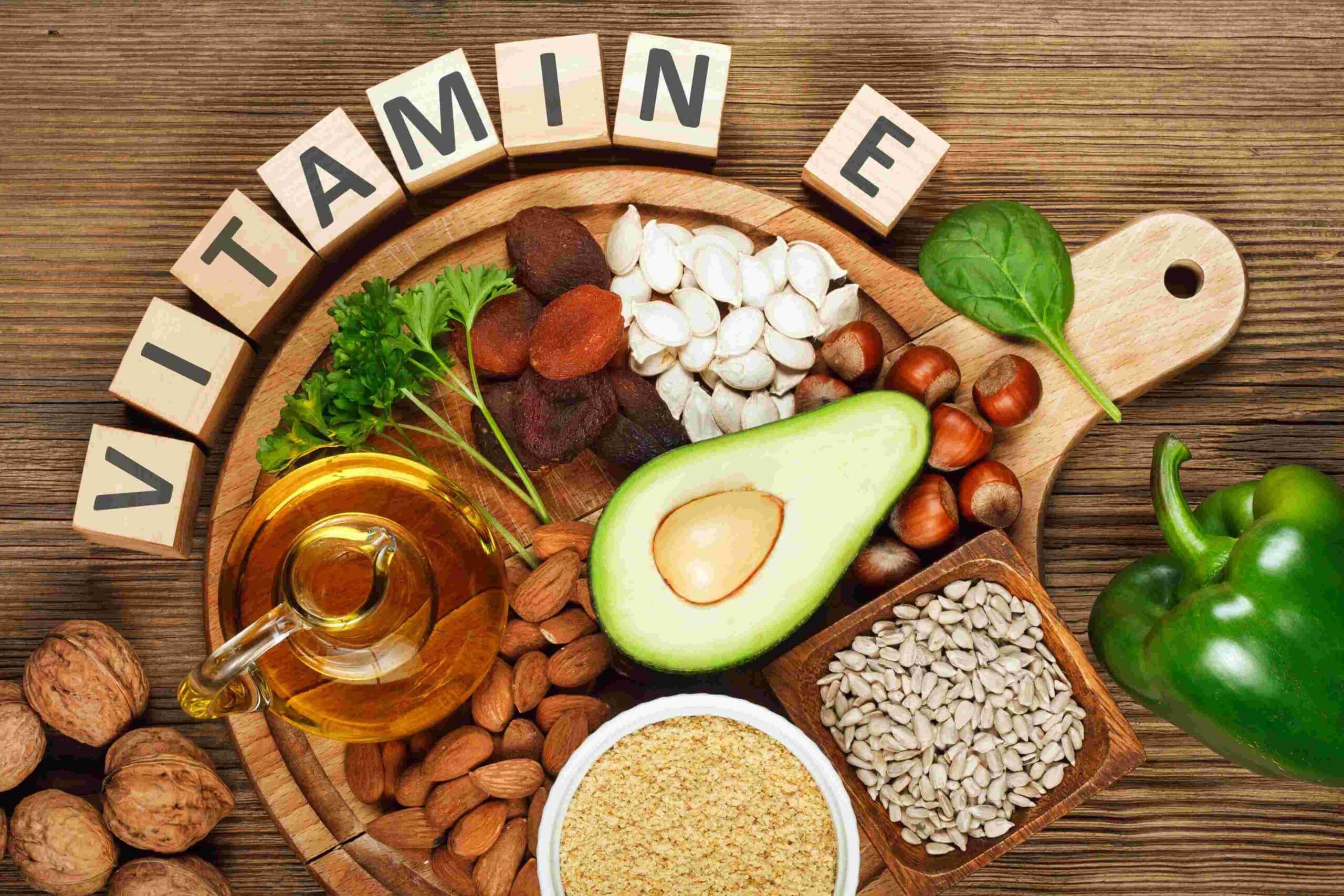Abstract
The term vitamin E describes tocopherols and tocotrienols, whose chemical variations result in different biological activities including antioxidants. Neuroprotective effects of alpha-tocopherol against different toxins are assumed, therefore, it is discussed as a possible protective factor for adverse effects in cancer treatment. In July 2020, a systematic search was conducted searching five databases (Embase, Cochrane, PsychInfo, Cinahl, Medline) to find studies concerning the impact of α-tocopherol application and its potential harm on cancer patients. From 7546 search results, 22 publications referring to 20 studies with 1941 patients were included. Included patients were diagnosed with various cancer types and stages. Outcome variables were overall survival of cancer, symptom management of mucositis and chemotherapy-induced peripheral neuropathy (CIPN). The studies had different methodological qualities (mainly acceptable) and reported heterogeneous results: some reported significant improvement of mucositis and CIPN while others did not find changes concerning these endpoints. Due to heterogeneous results and methodical limitations of the included studies, a clear statement regarding the effectiveness of α-tocopherol as complementary treatment for cancer patients is not possible. Despite findings regarding reduction of oral side effects, usage of α-tocopherol during therapy must be discouraged because of potential negative influence on survival rates.

